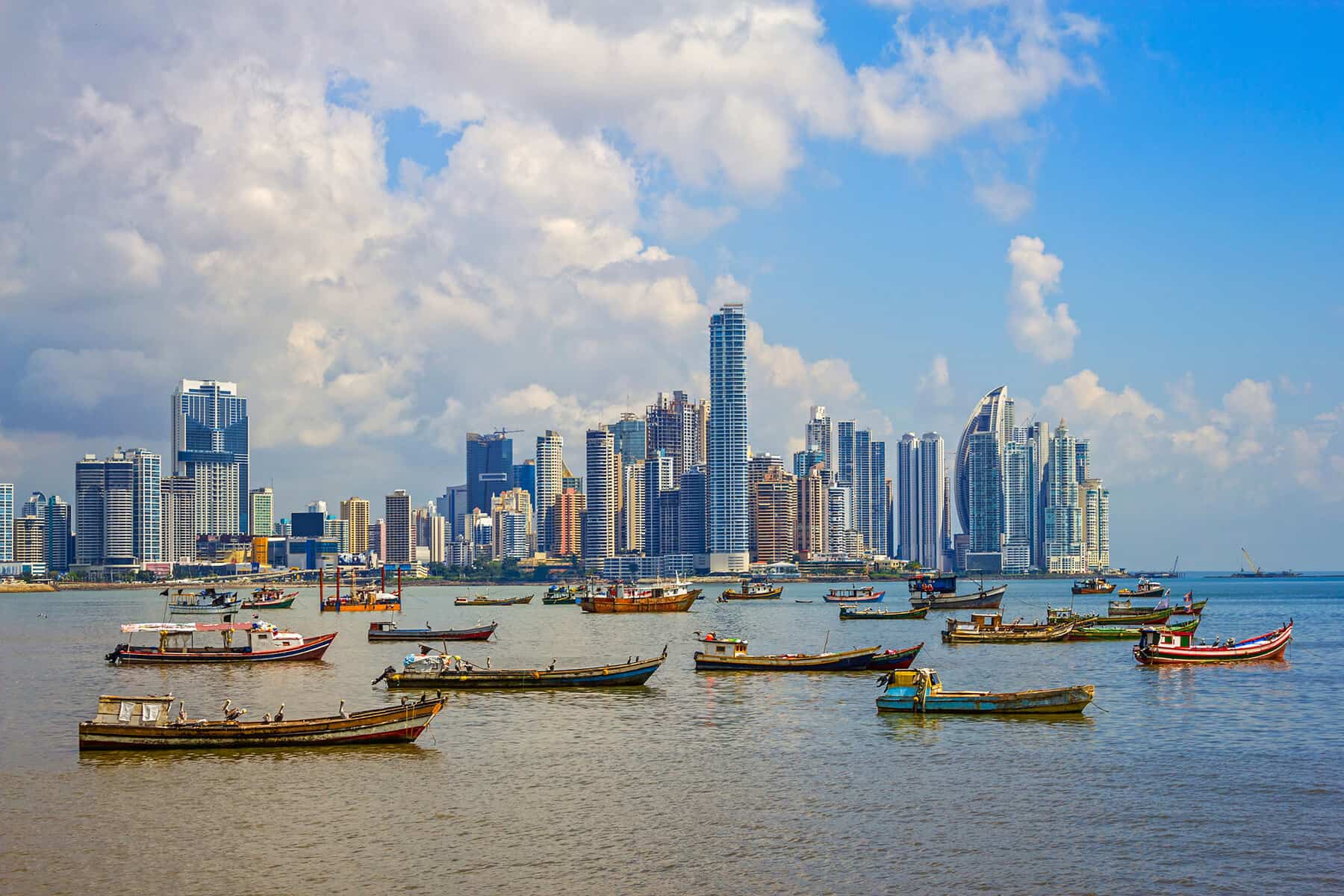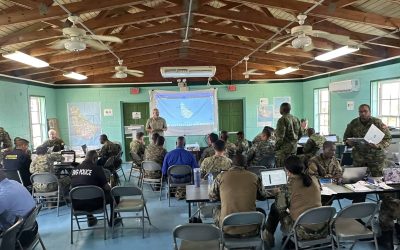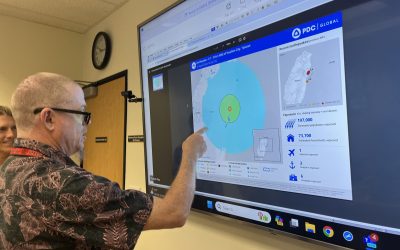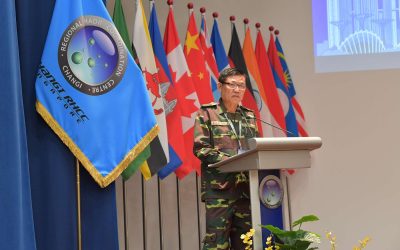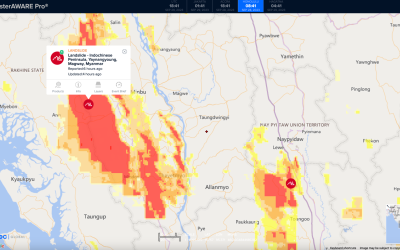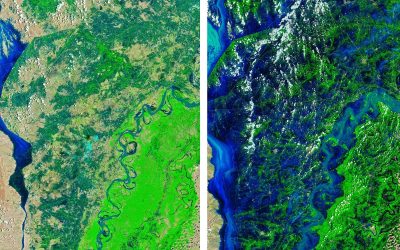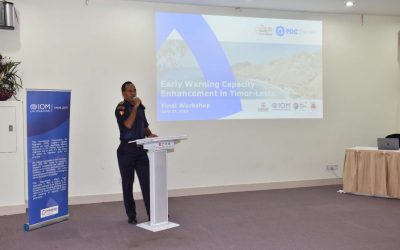Shortly after opening its new Regional Logistics Centre for Humanitarian Assistance, providing life-saving disaster relief to vulnerable communities throughout Central America, the Government of Panama is taking new steps to assess its own disaster risk and fortify resilience. Being a global maritime hub situated between the Caribbean Sea and Pacific Ocean and located within the Pacific Ring of Fire, Panama is exposed to a variety of hazards. These include frequent landslides, intense rainfall and flooding, and ongoing earthquake activity to name only a few of the threats.
In a forward-looking approach to the mitigation of these hazards, as well as other emerging threats including population growth and urbanization, Panama kicked off a year-long National Disaster Preparedness Baseline Assessment (NDPBA) in partnership with Pacific Disaster Center (PDC) on February 7, 2019. PDC is a research center under the University of Hawai‘i that specializes in advanced disaster risk reduction (DRR) solutions. PDC is collaborating with nations throughout the region to identify disaster risks and strengthen national and subnational decision-making capacities.
Hosted in Panama City, the kick-off event garnered wide participation from stakeholders across private, public, civil, military, and academic disciplines. Participants came together to collaborate and exchange information—often for the first time—to help guide priorities and outcomes of the assessment. Key organizations in attendance included Panama’s national disaster management organization Sistema Nacional de Protección Civil (SINAPROC), its Ministry of Health Ministerio de Salud, the United Nations Office for the Coordination of Humanitarian Affairs (UN OCHA), Cruz Roja Panameña, the Ministry of Education Ministerio de Educaccion, and the United Nations Population Fund (UNFPA).
“Panama has been working with the international community to position itself as a hub for the critical deployment of humanitarian assistance to vulnerable countries throughout the region,” said General Director José Donderis of SINAPROC. “As such, we have an important responsibility not only to ourselves, but to our neighbors to ensure we are prepared,” he continued. Donderis said Panama has fully embraced partnerships with international organizations like PDC as a critical aspect of its successful DRR strategy. He explained that the NDPBA will provide a new decision-making framework that is critical for guiding the safety of its citizens and sustainability of its future for the long-term.
PDC’s Director of Washington D.C. Operations and disaster management expert Tim Manning spoke about the importance of collaboration, partnership, and evidence-based solutions in achieving the common goal of reducing disaster risk. He said, “As population and infrastructure become more densely concentrated in hazard zones around the world, we are exposed to risks like never before.” He explained that new and emerging threats exacerbate the potential for even greater social and economic losses. “This is why we must work together to leverage one another’s expertise and advanced scientific tools to reduce hazard exposure and vulnerability, improve planning and development, and increase the effectiveness of policies and investments.”
According to Manning, one of the unique benefits to PDC’s NDPBA assessment is the methodology used to assess risk. The approach contextualizes risk through the lens of disaster management and offers quantifiable measures for effective mitigation over time. He also highlighted other key benefits including PDC’s DisasterAWARE platform which is leveraged during and beyond the assessment as an information management and decision-making tool. DisasterAWARE provides the complete integration of the assessment data and final results and is shared between organizations for active application in daily decision making.
Manning pointed out that while other assessments may provide useful information, PDC’s assessment results are designed to be operationalized in decision making settings—offering practical, quantifiable results that can be shared across organizations through a web-based interface. According to Manning, this model supports numerous priorities of the Sendai Framework for Disaster Risk Reduction by creating a sustainable system for risk information to be understood, accessed, updated, and applied over time.

